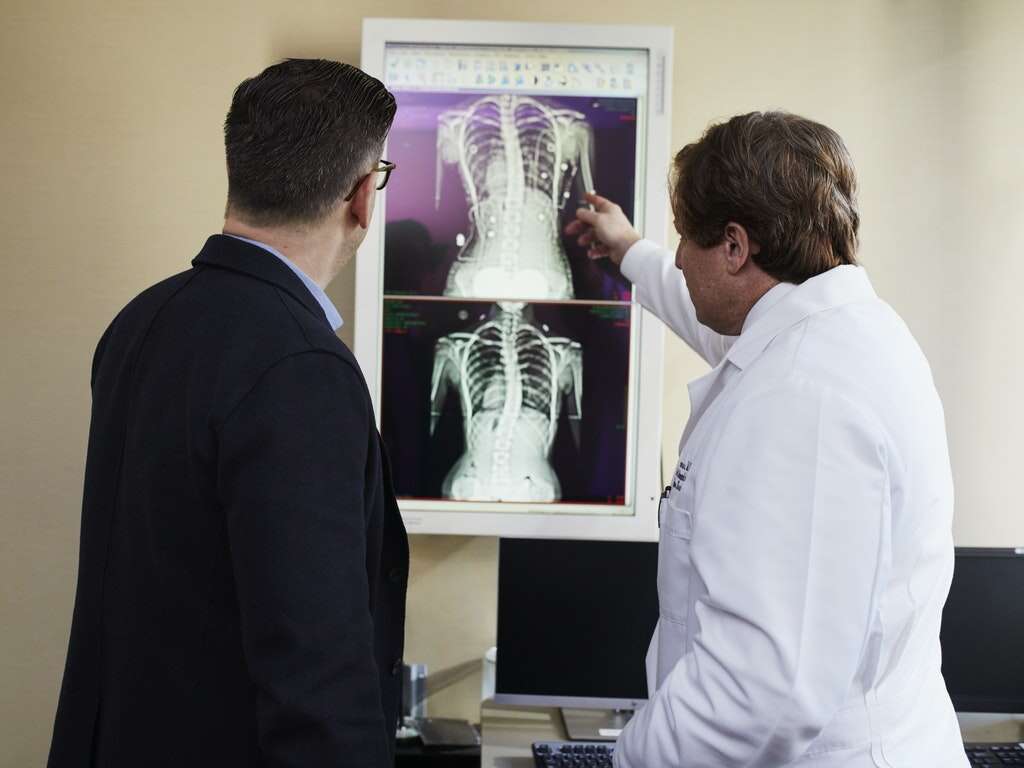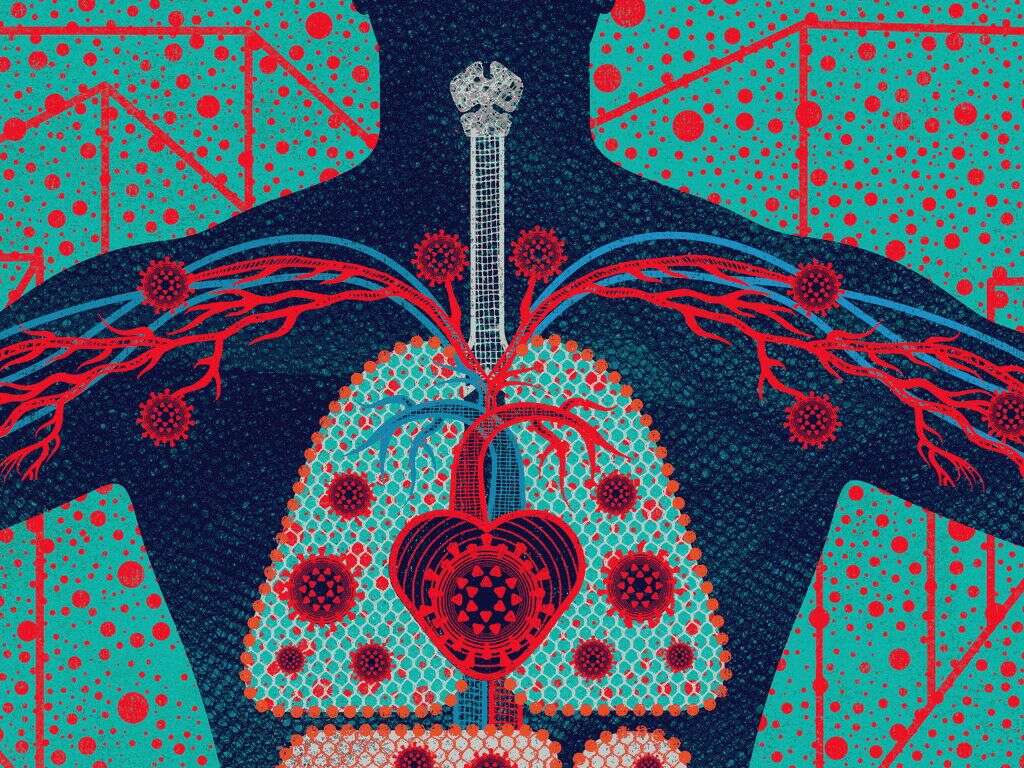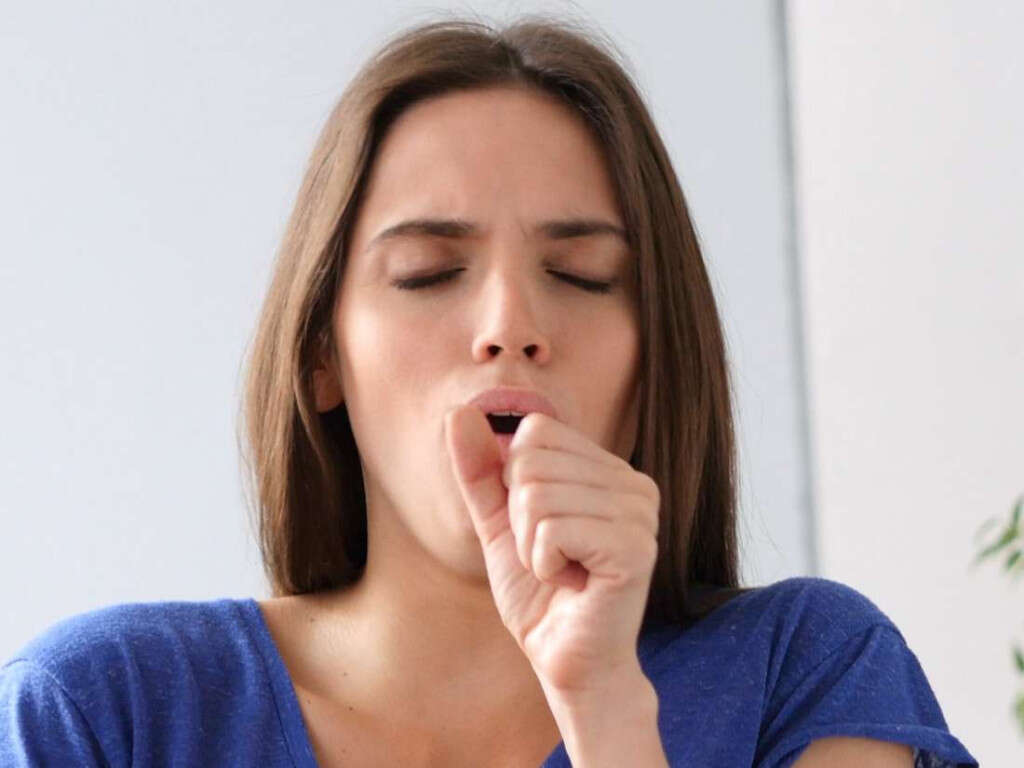What Is Whooping Cough?
Whooping cough can be quite a dramatic illness. It tends to affect infants, which is concerning for obvious reasons, and the symptoms can be very alarming. Thankfully, most people with the condition will make a full recovery.
It does tend to be long-lived, however, and it is even known as the cough of a hundred days in some parts of the world. It is treatable, but treatment is mostly used to hasten the elimination of the bacteria from the respiratory tract and to treat secondary bacterial infections.
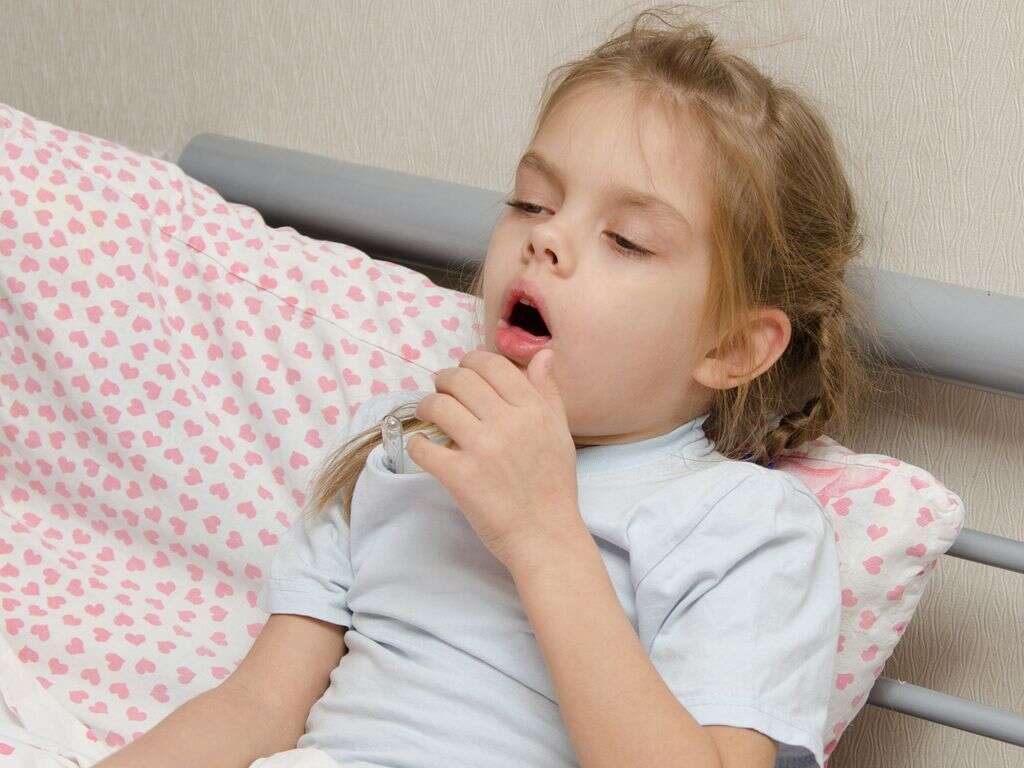
1. Pertussis
Whooping cough, which is also known as pertussis, is a disease caused by the Bordetella pertussis bacterium. The bacterium affects the lining of the airways after it attaches itself at the cellular level. This leads to some very unwelcome symptoms that can be unpleasant for the patient and of concern for their loved ones. Usually, symptoms will continue even for some time after the bacterium has been eliminated from the body.

2. Duration
When we fall ill, if the disease is mild, it is usually only for a few days or so. This is not always the case. Whooping cough can last for around six weeks, and it can be observed in infants in three different stages. The stages are catarrhal, paroxysmal, and convalescent; and they can last up to two weeks each.
These stages might not be easily recognized in older children or adults. The good news is that most patients will make a full recovery. The prognosis for patients over 3 months of age is excellent.
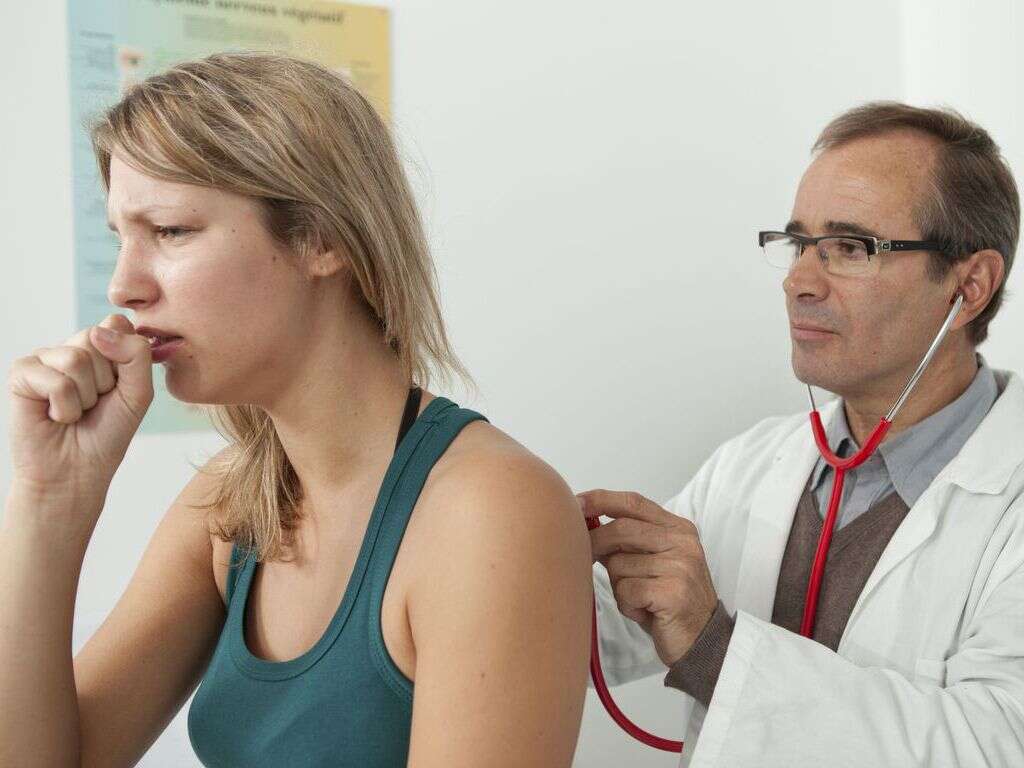
3. Demographics and Ocurrences
The worldwide incidence of whooping cough per year is roughly 48.5 million cases. Whooping cough used to be far more common than it is now, but vaccination programs have made the number of cases plummet. The disease is more prevalent in parts of the world where vaccination programs are not easily available.
Whooping cough is usually associated with infants, especially those under 1 year of age. Cases of pertussis among children younger than 6 months account for 10-15% of all cases of whooping cough. Furthermore, more than 90 percent of all deaths occur in this age group. It can, and does, however, arise in people of any age. Recently, cases in person’s aged 10 years or older have increased.
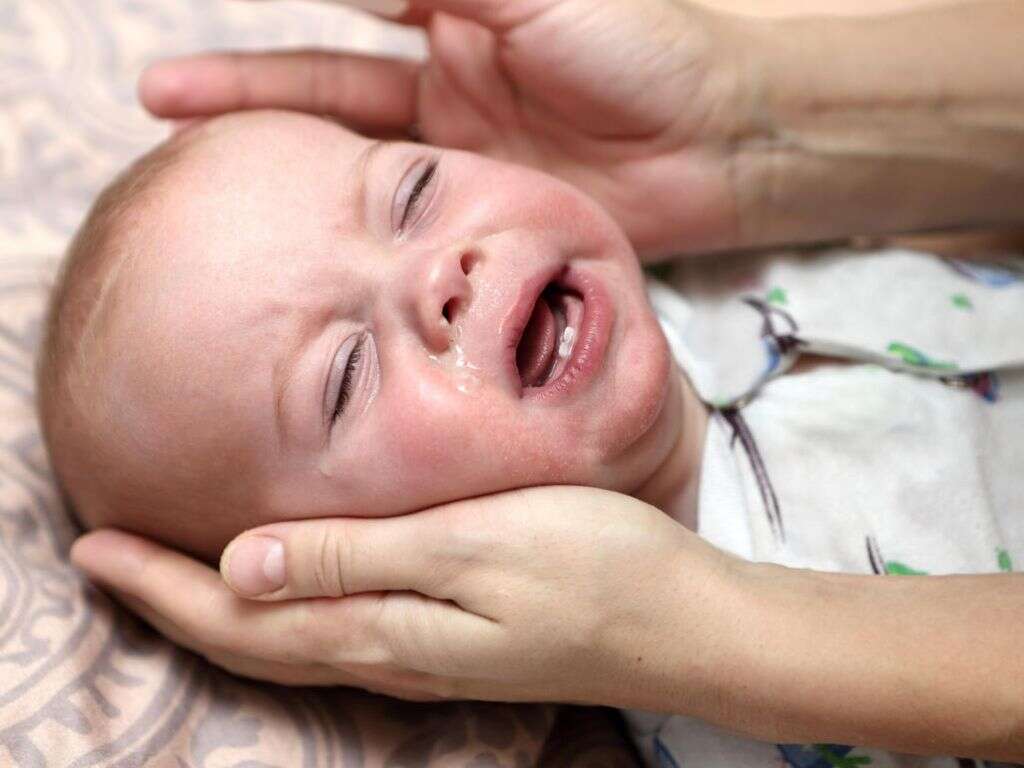
4. Transmission
Whooping cough is a very contagious disease that is passed from person to person. It is spread when a person coughs or sneezes, spraying the pathogen far and wide, infecting people close by. People can also contract the disease by touching objects and surfaces that have been contaminated with the bacterium.
It is not common for somebody to contract the disease more than once, but it can and does happen sometimes. Symptoms will usually start showing between 5 and 21 days, and the disease is the most contagious in the first 3 weeks or so when it is in the early stages.
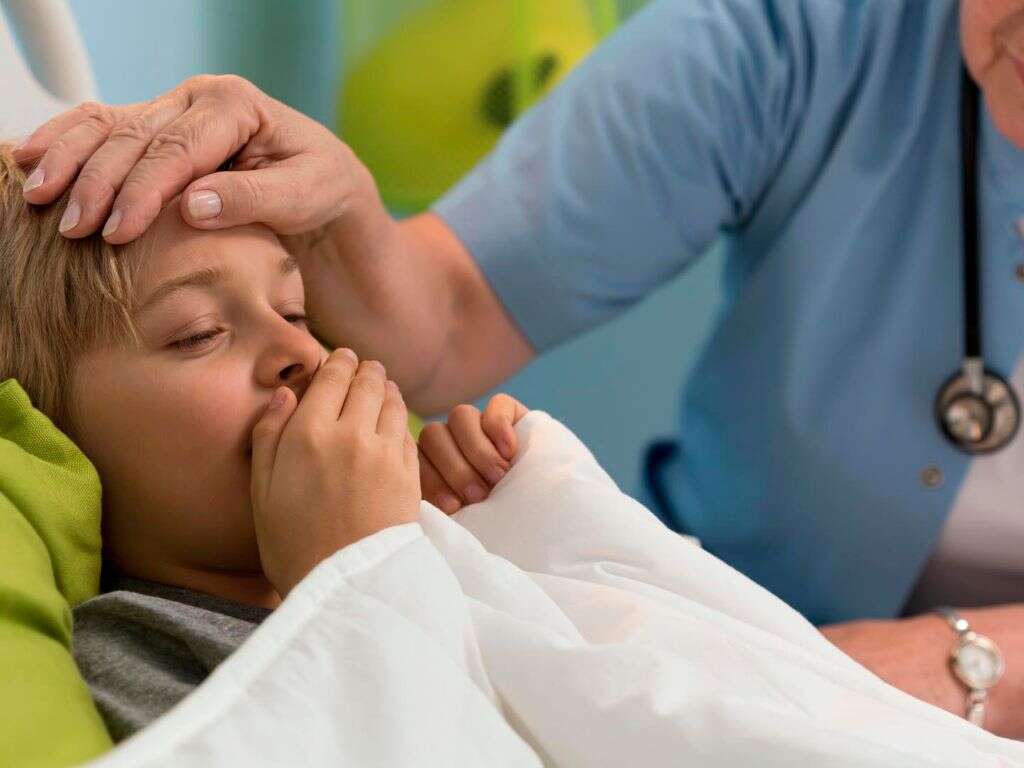
5. Early Stage
The early stage of whooping cough is known as the catarrhal phase, and it is where the disease is more contagious. At first, the patient is likely to develop symptoms that are indistinguishable from other upper respiratory infections.
The patient may initially develop nasal congestion, a runny nose, sneezing, a low-grade fever, and redness of the thin membrane that covers the front of the eye (conjunctival suffusion).

6. Main Coughing Stage
After a week or two, the main coughing stage will begin. This is known technically as the paroxysmal phase. At this point, the cough will begin to get noticeably worse. In addition, the patient will begin to have fits of intense coughing that last up to several minutes. This is known technically as paroxysms. During the coughing fits, the patient will be consistently coughing with little to no respite.
It is at this point when the condition takes on its characteristic “whooping” sound from which it gets its name. This sound is made as the patient breathes in hard to get oxygen in between coughs, while the airway is still partially closed. The whooping sounds will only happen in around 50%. Importantly, in infants, the whooping sound is not usually present.

7. Easing Stage
After the main coughing stage, the patient will move on to the easing stage, which is known technically as the convalescent phase. At this point, the patient’s coughing fits will start gradually easing in severity.
The fits can still occur, but they are likely to occur less frequently and with less intensity. This period is likely to be drawn out in most cases, usually lasting for around 3 months or so.

8. Going Blue
Seeing a child, or anybody, turn blue will understandably be very alarming. Infants under 6 months tolerate paroxysms poorly, presenting with apnea or temporary cessation of breathing, bluish skin, or cyanosis during a coughing attack, vomiting, and exhaustion.
It is not uncommon for children to turn blue during a coughing fit. Infants with pertussis that are younger than 4 months of age or severe cases (i.e. respiratory distress, dehydration, cyanosis, apnea, and inability to feed) should be hospitalized and monitored.

9. Complications
Unfortunately, pertussis is not completely safe, and potentially severe complications will sometimes occur as a result of the disease. One example of these complications is pneumonia, which can happen because the lungs become more susceptible to infection by other pathogens.
In some cases, longer-term lung problems such as bronchiectasis can also occur. Additionally, excessive coughing can cause hernias and the rupture of blood vessels in the respiratory tract (i.e. nose bleeds, coughing up blood). Other more severe complications include seizures, cerebral hemorrhage, and hypoxic encephalopathy.

10. Treatment
Treatment for patients with whooping cough is mostly supportive. This means that the physician in charge will administer therapy to limit the number of paroxysms, and maximize nutrition and rest for optimal recovery. The doctor will observe the symptoms and their severity, providing assistance when necessary (i.e. oxygenation, mechanical ventilation).
Antibiotics can be used for pertussis or a secondary infection (i.e. pneumonia); however, they don’t affect the duration or severity of the main illness. Nevertheless, antimicrobial agents can eliminate the pathogen from the system, preventing the spread of infection.





